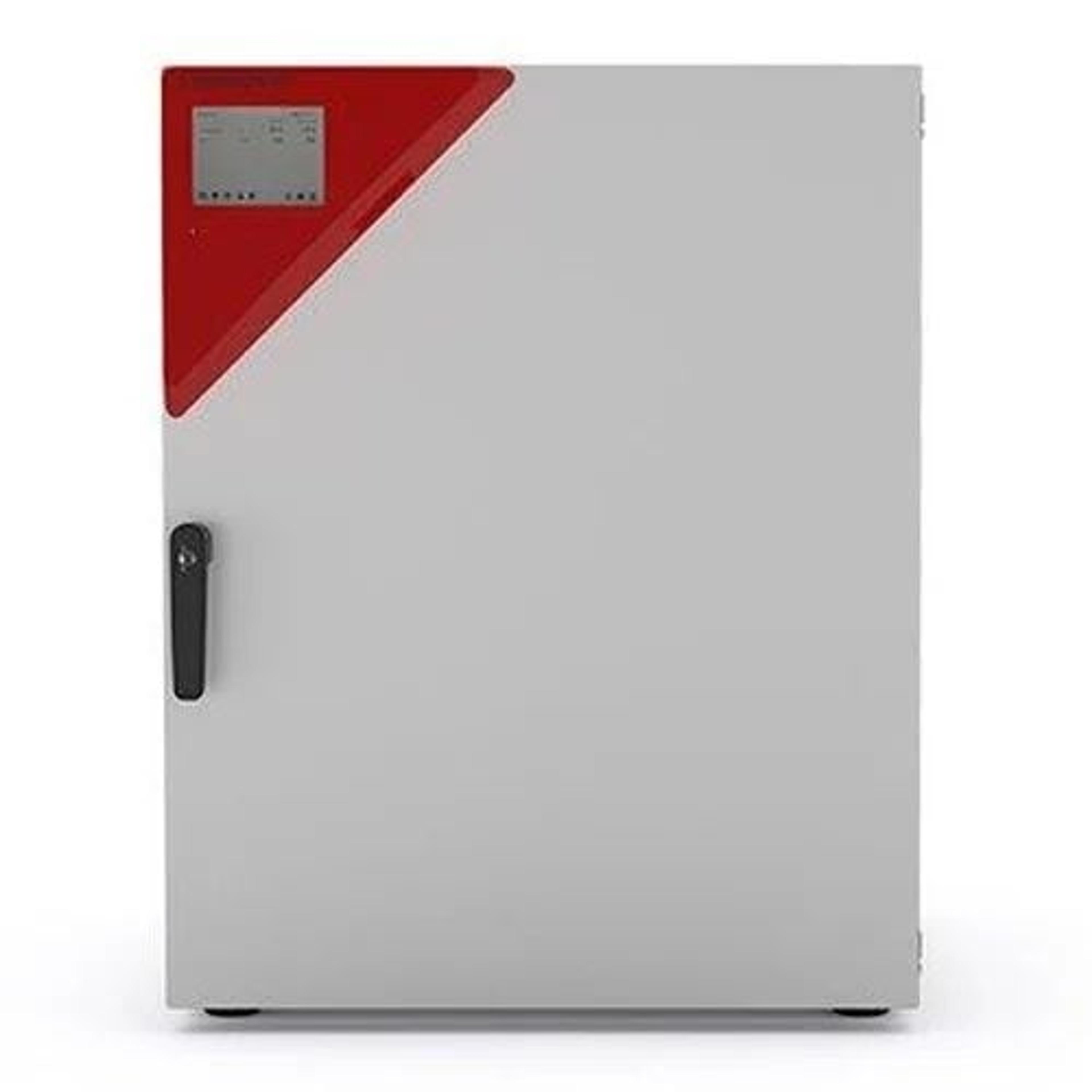The latest BINDER arrival - a highly compact and efficient 53 liter CB Incubator for optimal cell growth
20 Mar 2009The latest and smallest member of BINDER's CO2 incubator family is now available. With 45% lower operating costs and a small footprint, it is environmentally friendly and also conserves precious laboratory space.
Equipped with advanced options as well as hot air sterilization at 180° C, the CB 53 is unique in its ability to offer all of these functions in a compact format. This new BINDER family member is particularly well suited for applications in cell and tissue cultivation for in-vitro fertilization (IVF). Start enjoying the benefits of the 53 L compact model for your daily laboratory tasks today!
This compact 53 liter incubator chamber requires a minimum of precious laboratory space and thus offers an optimal space/benefit ratio. The inner chamber has integrated, smooth-edged shelf supports, which are formed as part of the inner chamber wall in the deep-draw process, i.e. no sharp corners or edges. The advanced design permits operation without any interior fittings such as fans or filters. This facilitates cleaning and prevents contamination deposits from forming in inaccessible corners. The Permadry®-System ensures dry, condensation-free walls while operating at a relative humidity of more than 95%. The water level can be visually inspected and water replacement is easy. All of these features ensure that the specimens being tested have the best conditions for healthy growth. Another significant advantage for BINDER customers is that it is 45% more cost-effective than the CB 150 model in terms of energy use and CO2 consumption.
This smaller CB model can also compete with the larger 150 and 210 L models in its standard technical features as well as all other aspects. The CO2/air mixture is injected into the inner chamber through a jet; since the inner chamber is under a slight vacuum, the mixture is distributed homogenously because of the generated venturi effect. This obviates the need for a fan, which creates turbulence and complicates cleaning. An infrared sensor selectively measures the CO2 concentration in real-time. A microprocessor controls temperature and CO2 concentration. The standard model includes an automatic self-diagnostic system with optical and acoustic alarm functions as well as a potential-free switchover contact for continuous central monitoring of the CO2 concentration.
The main applications for this new BINDER addition are in cell biology, bio-tissue engineering, microbiology, the pharmaceutical industry, IVF, human and veterinary medicine, and dental technology, i.e. all applications with demanding requirements for long-term stability, reliability, homogeneity, and reproducibility of results.

